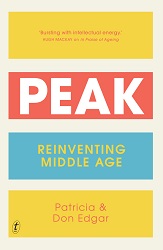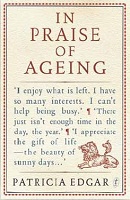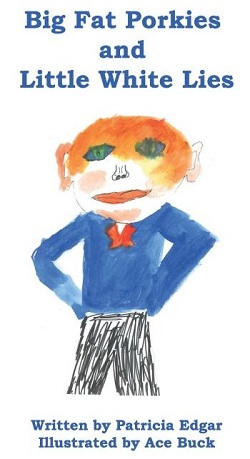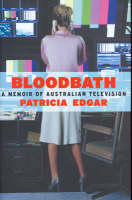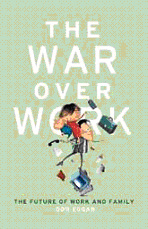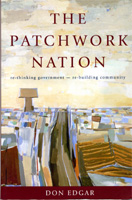We squander a precious opportunity when we fail to capitalise on the seductive power that media have for children.
|
Children can’t escape violent and sexual imagery. My seven-year-old grandson enquired recently: “What’s longer lasting sex, Mum?” They witness stories and images about death and violence on the streets of Melbourne, the war in Iraq, the Mumbai massacre, and destruction by bushfires. By the time children enter preschool they have already been thoroughly schooled by media. A third of three to four-year-olds watch television for more than nine hours per week. Another third are watching four-and-half hours. When mum is home they are watching more television, not less. Many teachers are suspicious of television and hold a general belief that the medium generates violence and anti-social behaviour with little positive value to offer. But the reality is far more complex. For most of my career I have argued for the teaching of media courses in schools and the use of film and television as a resource to assist the development of children. I taught the first university courses to be offered on film and television in Australia while I was teaching at La Trobe University in the 1970s. Schools continue to be regarded as the place where children go to learn, while media are still regarded purely as a source of entertainment. Such separation means the content of media is not recognised as the wonderful resource for education that it is and education is not seen as a remedy to counter the excesses of media. This attitude has been changing slowly but not enough to keep pace with the convergence of television, computing and mobile telephony and the increasingly dominant role media are playing in children’s lives today. Most importantly, the evidence for the negative effects of television on children has never been clear-cut. I have studied the research literature around the effects of media and have investigated young perceptions of programs by interviewing children after they viewed films of many different genres. What my research and others’ makes clear is that it is the context of violence, not the nature or the extent of violence, that is important to children. What disturbs children is something that relates to their own experience and that can differ for each child. Children interpret film and television content differently from adults and they believe the nightly news, and programs that look like the news, whether they are fiction or documentary fact. The best research makes clear that many factors come into play in influencing children’s behaviour before the impact of media. These include such things as social isolation, conflict with parents, poor school performance and lack of opportunity. When these conditions apply, media use becomes a substitute for life experience and a further influence on child behaviour. An isolated child who views many hours of television will have a different perception of social behaviour than a child mixing with friends who watches fewer, but maybe the same types of programs. A child who grows up in a home where he sees his father abuse his mother is more likely to be violent as an adult than one who grows up in a stable loving home, whether they play violent video games or not. This does not mean that the media have a reduced responsibility to clean up their excesses and provide the programming children need for positive emotional and intellectual development – quite the contrary. We squander a precious opportunity when we fail to capitalise on the seductive power that media have for children and demand better programming to assist educational development. Programs that are very popular with children such as The Simpsons and South Park are often criticised for their anti-social content, but these programs are insightful and provide rich material for classroom discussion of social issues, family life or ethical issues relating to the use of language, racism and violence. Teachers should be able to speak about such issues with the children they teach and to do so effectively they need to understand how the media work. Media are an unavoidable part of family life and learning throughout all the schooling years and are becoming more pervasive than ever. Like it or not, the media is a rival seat of learning for kids which teachers need to take into account. For this reason, the calls to protect children from media are completely unrealistic. Improving content is the key and teaching media literacy is crucial. Within the school curriculum children need to learn how to access, understand and control technology as a core part of human competence in the modern world. They need to learn how to discriminate; how to study media advertising to evaluate techniques of persuasion; the reliability of information versus opinion and how to manage emotional responses to violence, sex and news. The way forward in our information society is not prohibition but to regulate content, demand quality programming, utilise media in schools, teach media literacy and guide children to self-regulate their media use effectiely. |
Dr Patricia Edgar is an
author, television producer, educator and founding director of the Australian
Children’s Television Foundation.
Her latest book is The New Child: In search of smarter grown-ups



